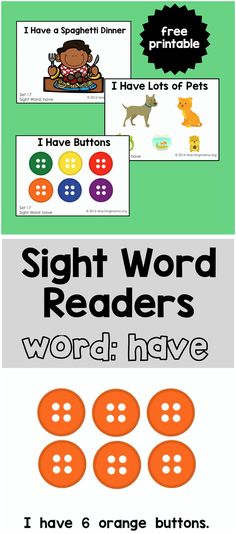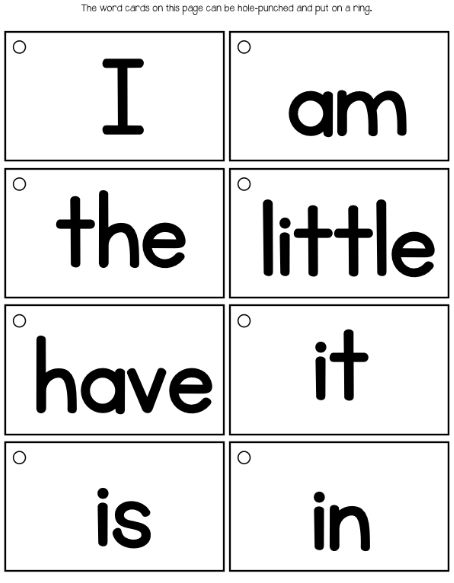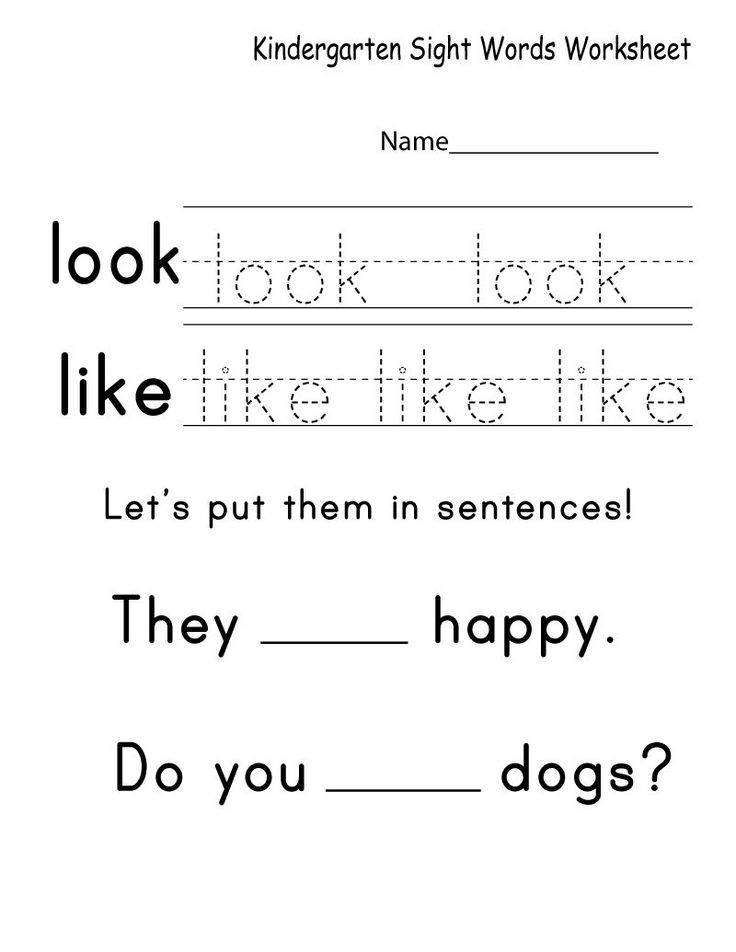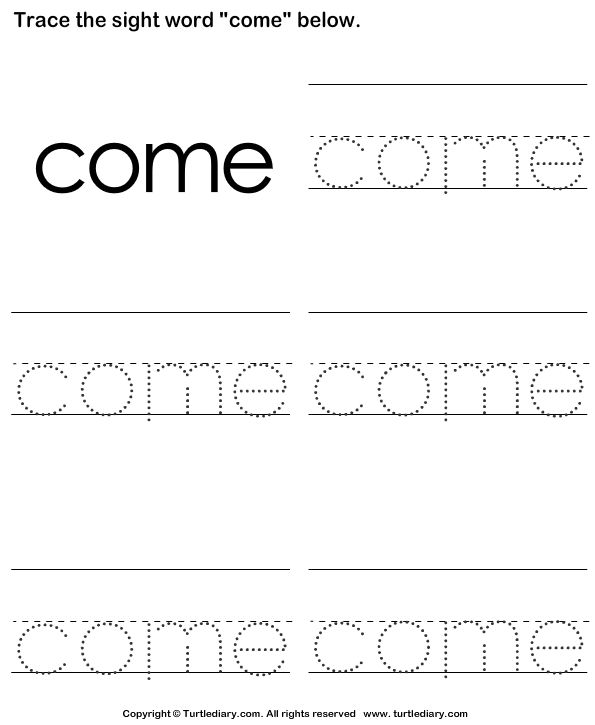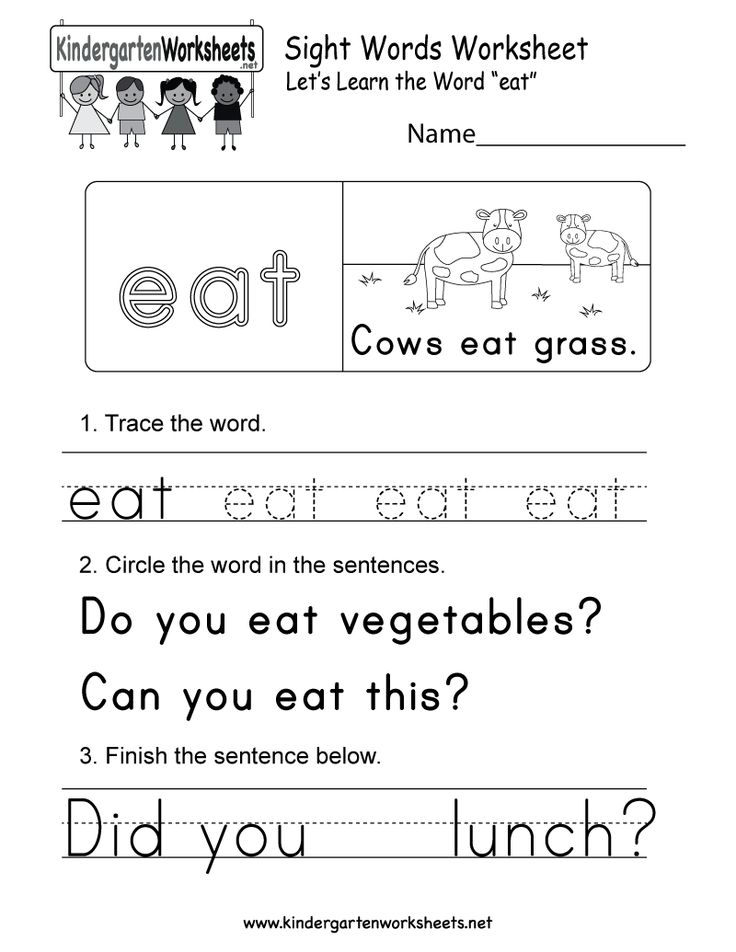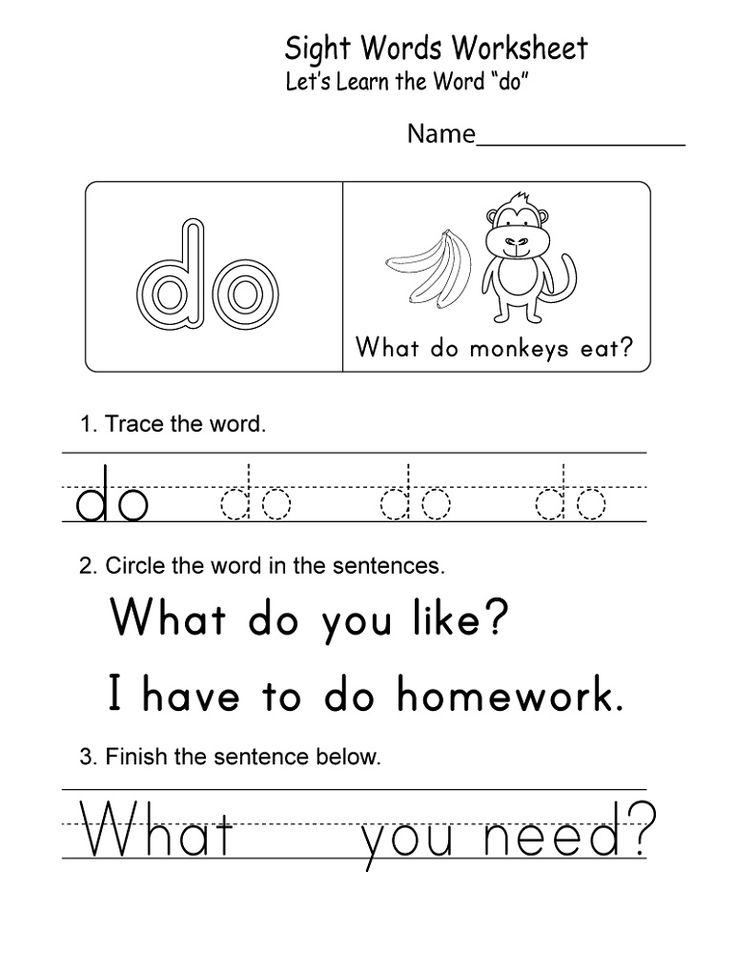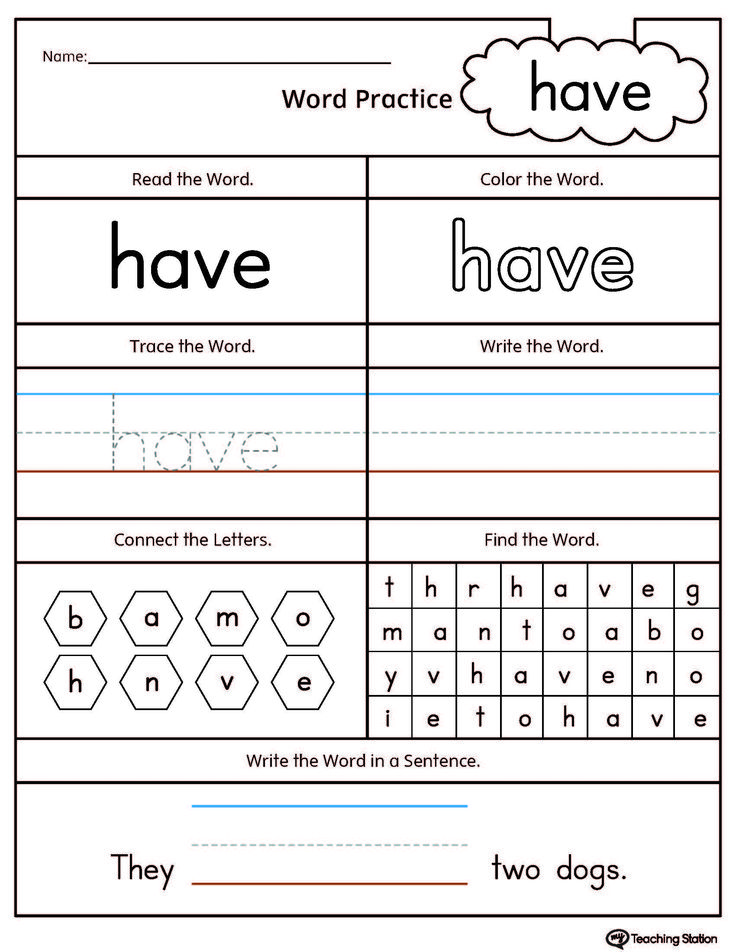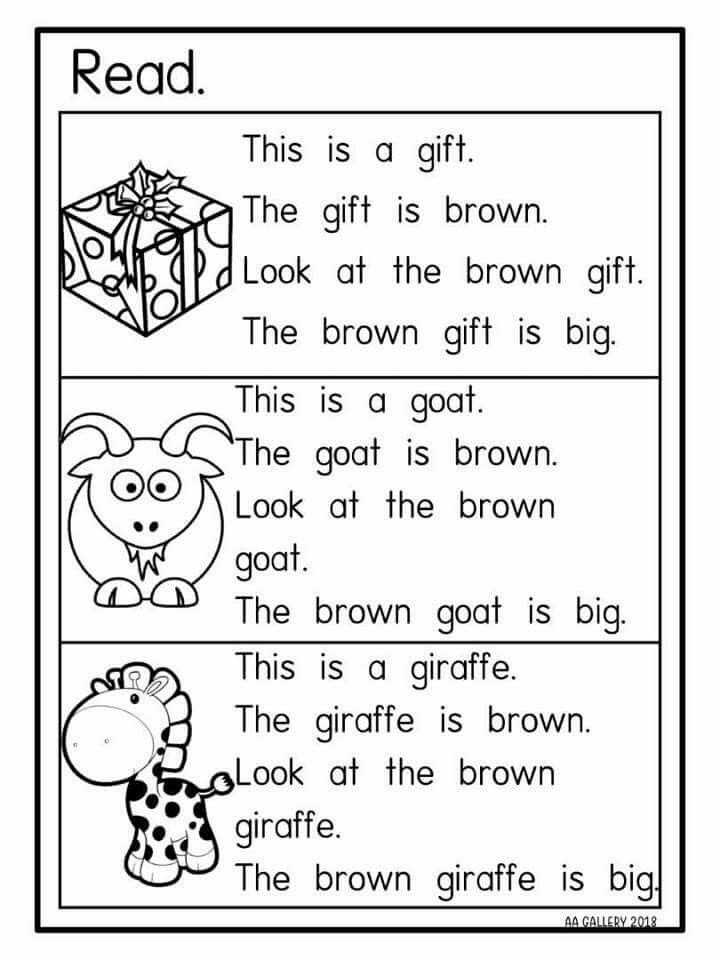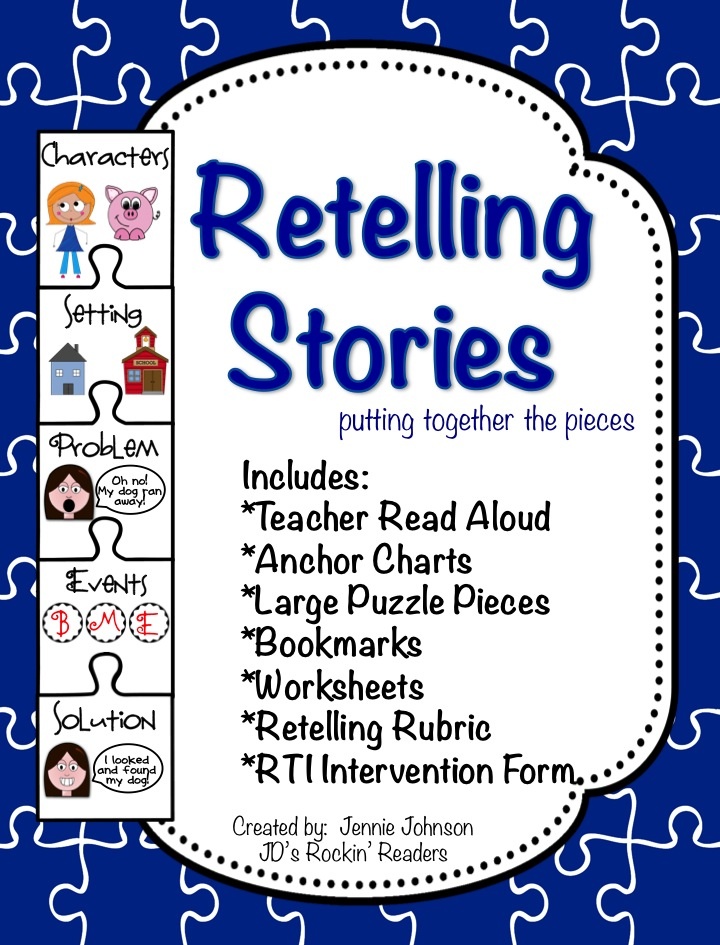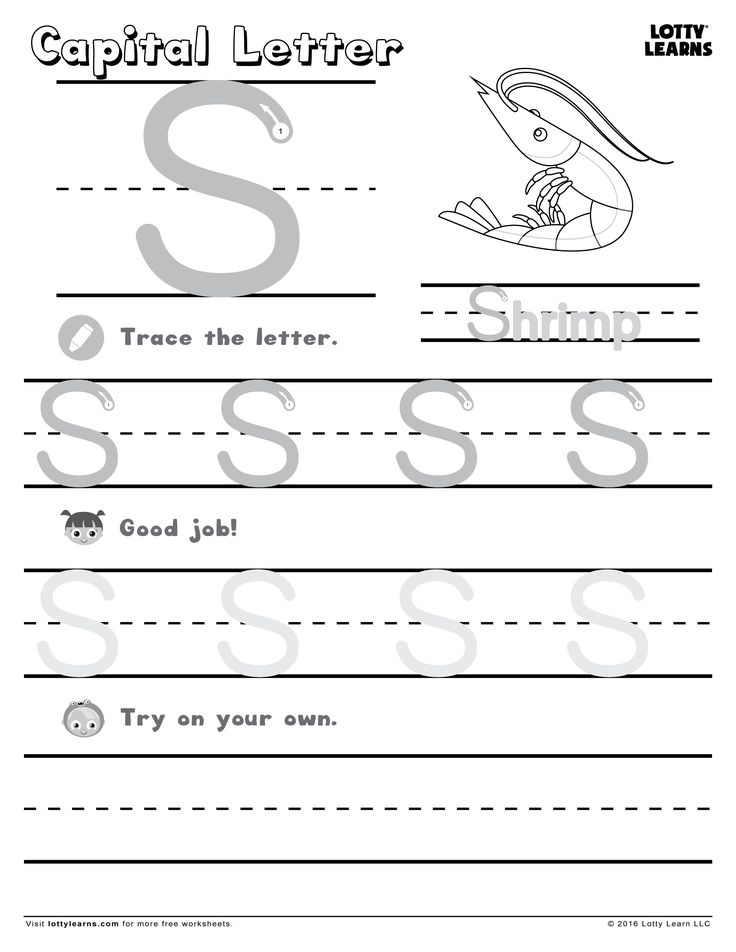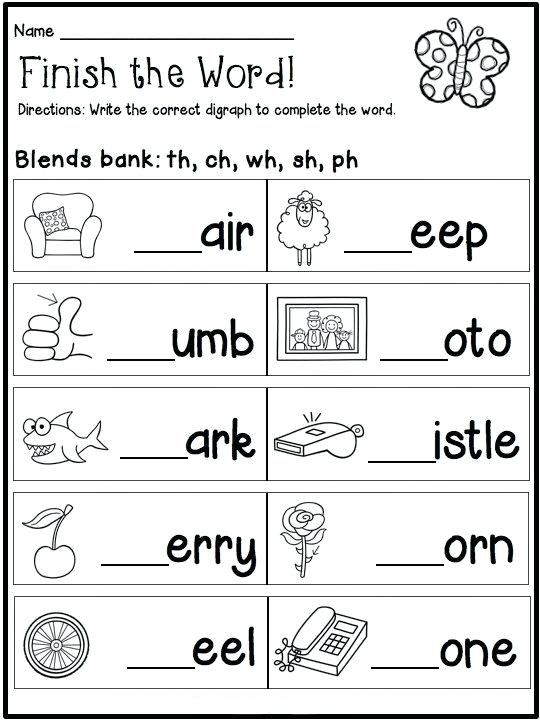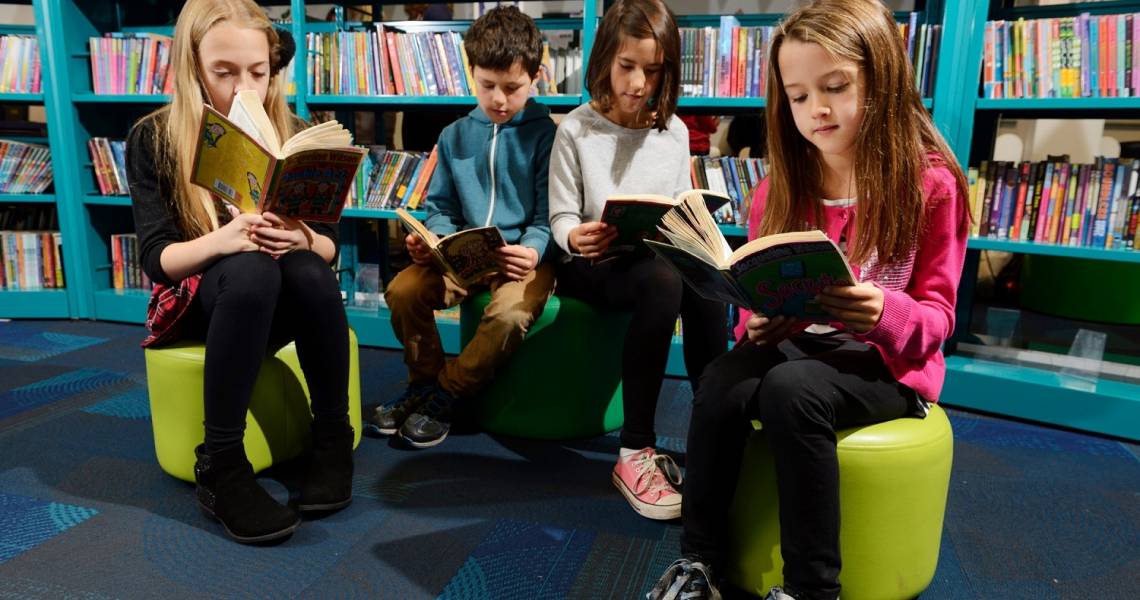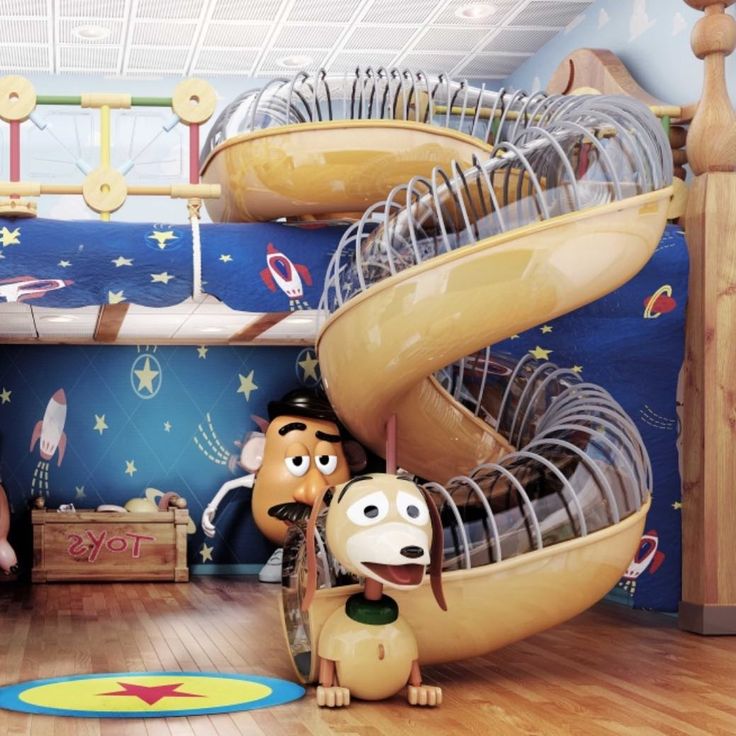Have sight word
What Science Says About Making Sight Words Stick
Sight words are words that you just have to memorize because they don’t “follow the rules”, right? Actually, wrong! Many of us, including myself, have taught this for years. In fact, I was taught this as a student. However, this is just not true. The good thing is that the truth is this: sight words actually CAN be sounded out. Well, most of them. And, the ones that do have parts that don’t follow the typical letter sound patterns? Typically parts of them can be sounded out. So, let’s take a closer look at the truth about sight words and how the science of reading can actually make teaching new words easier!
So, what exactly IS a sight word?
When you hear the word “sight word” or “high frequency word” the names Dolch and Fry might come to mind. Many teachers, myself included, were taught that sight words are the most commonly used words and that they often can’t be decoded. This means students can’t sound them out, so they just have to memorize them.
Well, that’s only partly true. It is true that many of the “sight words” or “high frequency” words we teach are very frequently used in spoken and written English language. However, the idea that we just have to memorize them because they can’t be sounded out is far from true.
Actually, you know a whole lot more than 500 sight words. Adults can recognize between 30,000 and 70,000 sight words! (stat from here) A sight word is just a word that you can recognize by sight. Think about when you read. You don’t need to sound out many words at all. You probably only need to sound out new or unusual words. Just think about when you’re reading this article. I’m using very common words, and you’ve likely not needed to sound out even one. This article is most likely made up of words you can read on sight: ie sight words.
How do we gain so many sight words?
So, how has your brain acquired so many words you can read on sight? You’ve learned the sounds, rules, and patterns that make up the English language.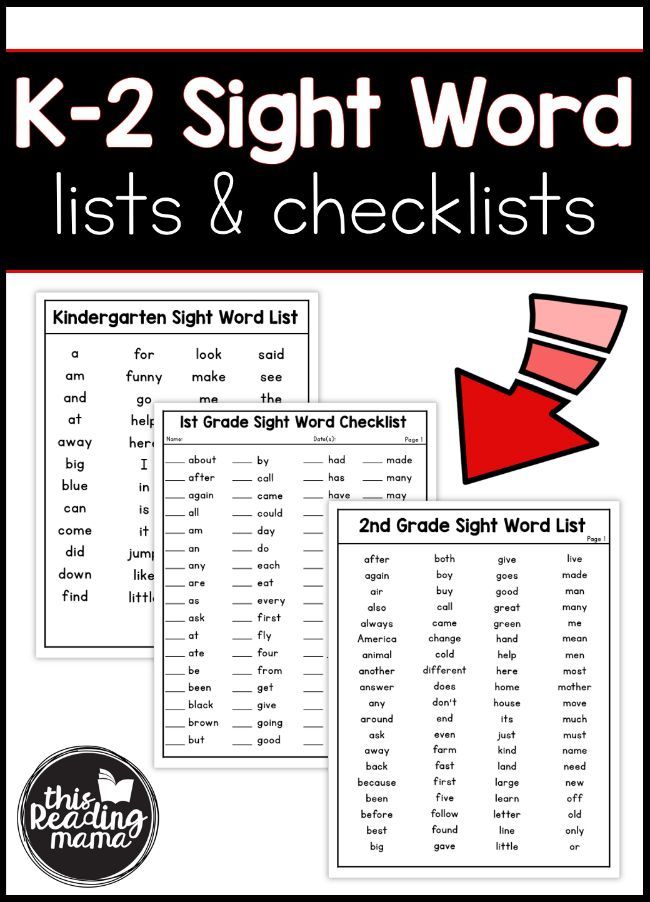 Whether it was taught implicitly or not, you’ve developed the knowledge of how the English language which has allowed you to memorize so many words. You might be thinking “but you said you
don’t have to memorize sight words. This is true. Most parts of sight words don’t need to be memorized. They can be decoded just like other words. However, once your brain understand the patterns and recognizes the word, it no longer needs to sound it out each time. This leads you to commit the word to memory.
Whether it was taught implicitly or not, you’ve developed the knowledge of how the English language which has allowed you to memorize so many words. You might be thinking “but you said you
don’t have to memorize sight words. This is true. Most parts of sight words don’t need to be memorized. They can be decoded just like other words. However, once your brain understand the patterns and recognizes the word, it no longer needs to sound it out each time. This leads you to commit the word to memory.
How do we help students learn “sight words”?
Now, here’s what you’re really here for. How can we use the science of reading to teach students how to read so called “sight words”? The answer is that we teach students to breakdown the words and discover which letters represent each sound. Most high frequency words follow regular spelling patterns. Their might be parts that don’t, so we address those. In my classroom, we break it down to three steps.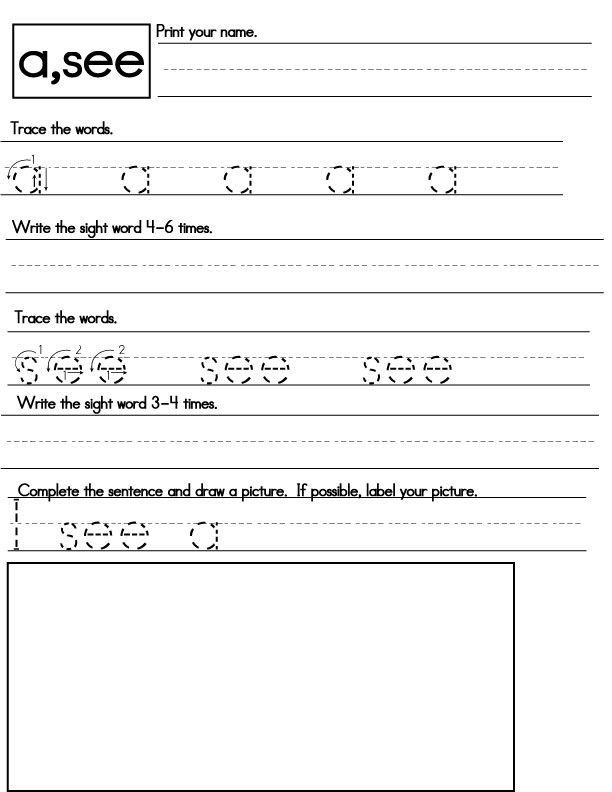 Tap It, Map It, and Graph It. I use a printable template like the one shown in the examples. You can download this template for free in my free resource library for email subscribers.
Tap It, Map It, and Graph It. I use a printable template like the one shown in the examples. You can download this template for free in my free resource library for email subscribers.
Tap It
First, when teaching students a new word, we can have them tap the word. Coming from a fundations background, we tap out the word touching our thumb to our pointer, middle, ring, and then pinky fingers as necessary. Let’s use the word “said” as an example. We aren’t listening for how many letters. We are listening for how many sounds. So, I will say “said”, my students repeat “said”. Then, together we tap it and break it down into how many sounds we hear: /s/ /eh/ /d/. Said has 3 phonemes or sounds. I always have my students tell me how many sounds they hear.
Map It
Next, I have my students map, or show, how many sounds they hear with counters. This is similar to elkonin boxes. They put one counter for each sound.
Graph It
Lastly, we graph it.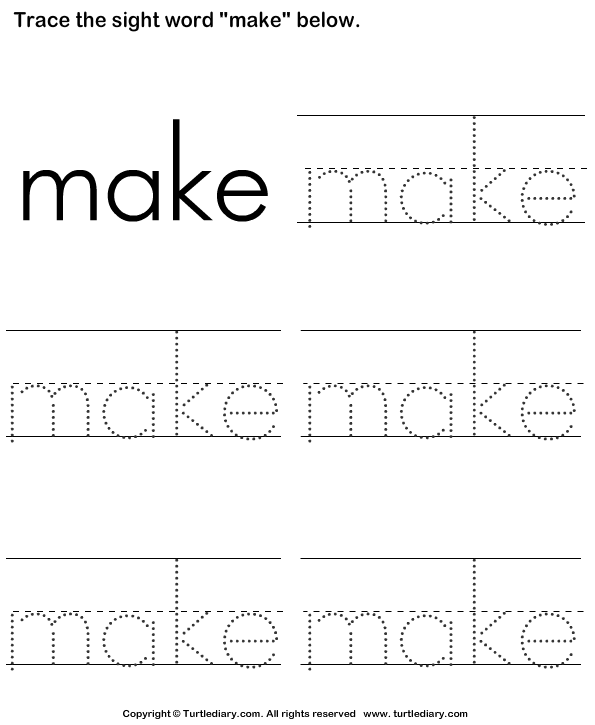 Graphemes are the letters that make up the phonemes (sounds). We do this one sound at a time. For “said”, we start with the initial sound /s/ which is represented by the letter s. When we move to the second sound /eh/, it is not represented by the typical letter that makes that sound- e. I normally leave the counter on this sound (for now) and move on to the final sound /d/ which is represented by the letter d. As you can see, 2 out of the 3 sounds in the word are decodable! Now let’s look at how to handle that one part that isn’t decodable.
Graphemes are the letters that make up the phonemes (sounds). We do this one sound at a time. For “said”, we start with the initial sound /s/ which is represented by the letter s. When we move to the second sound /eh/, it is not represented by the typical letter that makes that sound- e. I normally leave the counter on this sound (for now) and move on to the final sound /d/ which is represented by the letter d. As you can see, 2 out of the 3 sounds in the word are decodable! Now let’s look at how to handle that one part that isn’t decodable.
What is a Heart Part?
After we’ve graphed all of the parts that are decodable, I will go back to the parts that aren’t, In the word “said”, that middle sound, /eh/, is represented by ai. I start by asking my students what letter or letters normally represent the /eh/ sound. Once they answer, I explain that they’re correct, but in this word, the /eh/ sound doesn’t follow the normal rules and is represented by different letters. I tell them this is a heart part.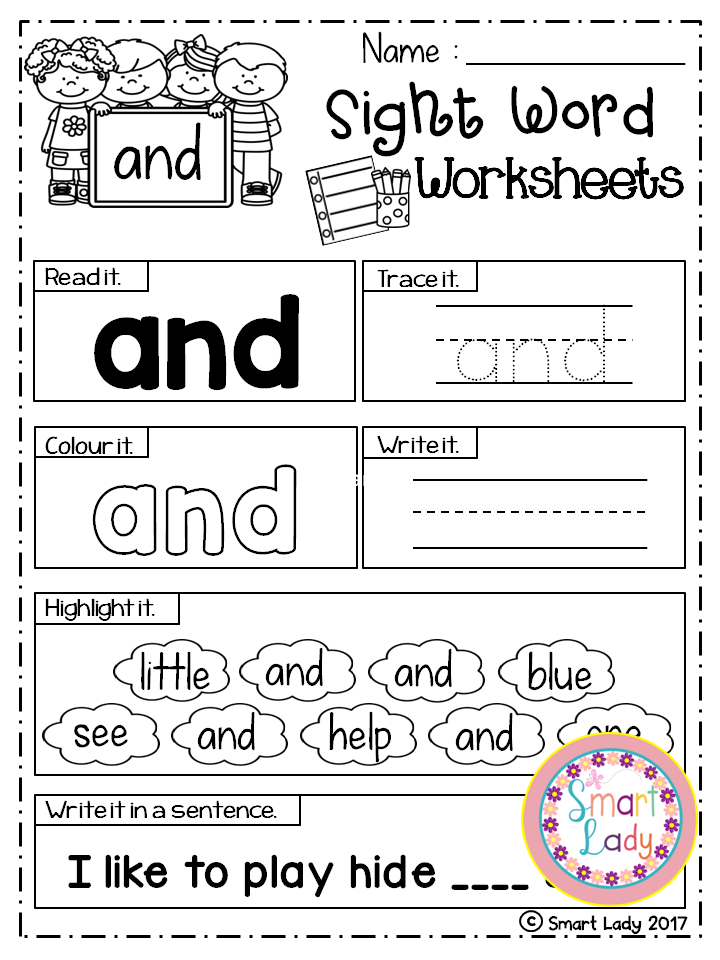
A heart part is a part of the word that doesn’t follow the normal pattern and we have to learn by heart. I will then ask if any students know what letters represent the sound, and we move the counter up and write it in the box. We draw a heart above it to remind ourselves that this part is a heart part. The beauty of this is that, instead of trying to memorize the whole word, they only have to memorize one part.
The Benefits of Learning Words with the Tap It, Map It, Graph It Method
Once we’ve written down the word in the boxes, we practice saying and spelling it. I then will have them write it underneath the boxes on their own. The amazing thing about learning sight words and any words in this way is that students will typically commit the word to memory after just practicing it a few times. When you’re trying to memorize the whole word without mapping it, it typically takes students many, many times.
It’s also great because you can tap, map, and graph any word.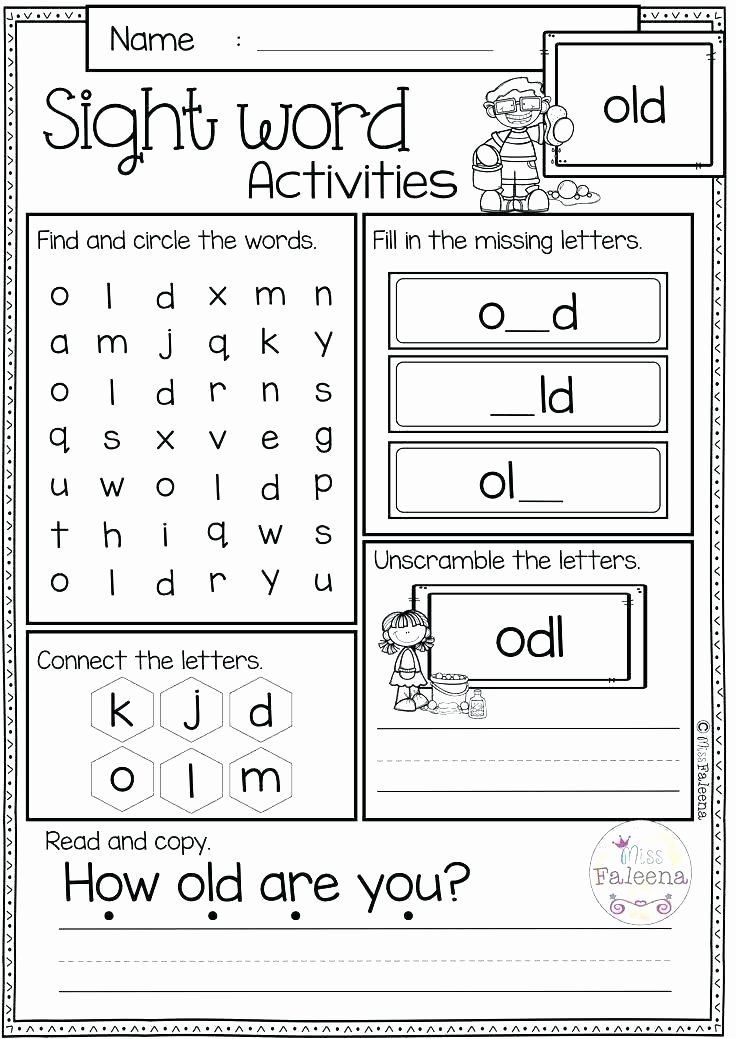 It allows students to learn any word in the same manner. It makes all words just words! You can use this method with decodable CVC words and longer words as well.
It allows students to learn any word in the same manner. It makes all words just words! You can use this method with decodable CVC words and longer words as well.
Click the picture below to download the Tap It, Map It, Graph It template from my free resource library for email subscribers.
You might also enjoy:
Using Syllables to Help Students Decode Words
The First 3 Minutes of Guided Reading
5 Simple Ways to Help Reluctant Readers
Find me on Instagram, Facebook, Twitter, and Pinterest!
Join my FREE Facebook Club for k-2 teachers here.
Save it for later!
Sight Words - Free Interactive Videos • Engaging Sight Word Practice
Did you know that about 75% of what we read is comprised of sight words? These free interactive sight word videos will aid in building this all-important reading foundation. It is imperative that kids master reading sight words with automaticity. There are tons of interactive educational videos to aid with teaching these all-important sight words.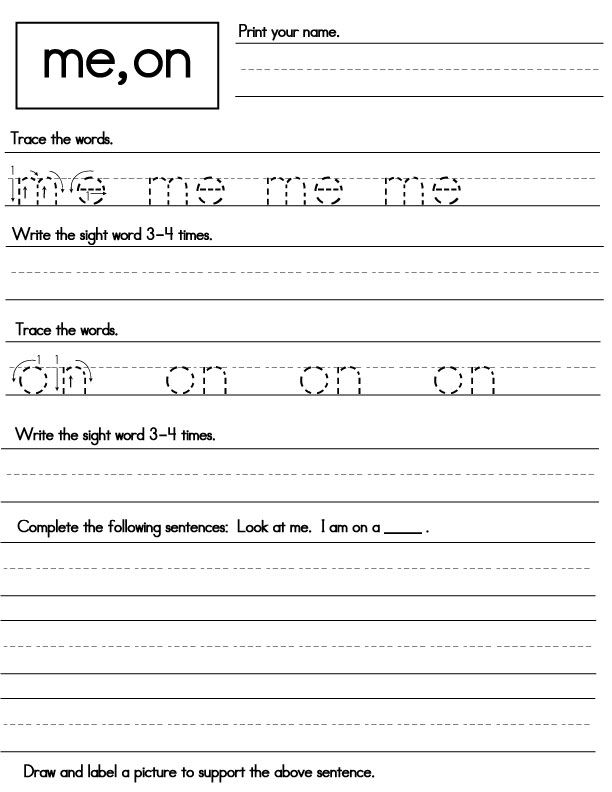 It is imperative that students commit these words to memory. The quicker they can recall these words when reading the more effortless reading becomes. Giving kids a list of words to recite over and over is just not the best way to get these tricky words to stick. However, add movement and music and something magical begins to happen!
It is imperative that students commit these words to memory. The quicker they can recall these words when reading the more effortless reading becomes. Giving kids a list of words to recite over and over is just not the best way to get these tricky words to stick. However, add movement and music and something magical begins to happen!
Why are music and movement are important?
Ever notice that even as adults how quickly we can recall the lyrics of a song, including songs from our youth? Think about how quick children are to memorize fingerplays, chants, and rhymes. The use of a little music and movement makes these far more memorable! This same thing occurs for children when learning nearly anything. Just some simple movement and music act like educational glue for young learners. Below are a few of the more popular free videos for teaching sight words.
Jack Hartmann Kids Music Channel
Jack Hartman has free interactive videos for teaching sight words and so much more! His collection of ‘Jump Out Words videos is great for adding movement while teaching sight words.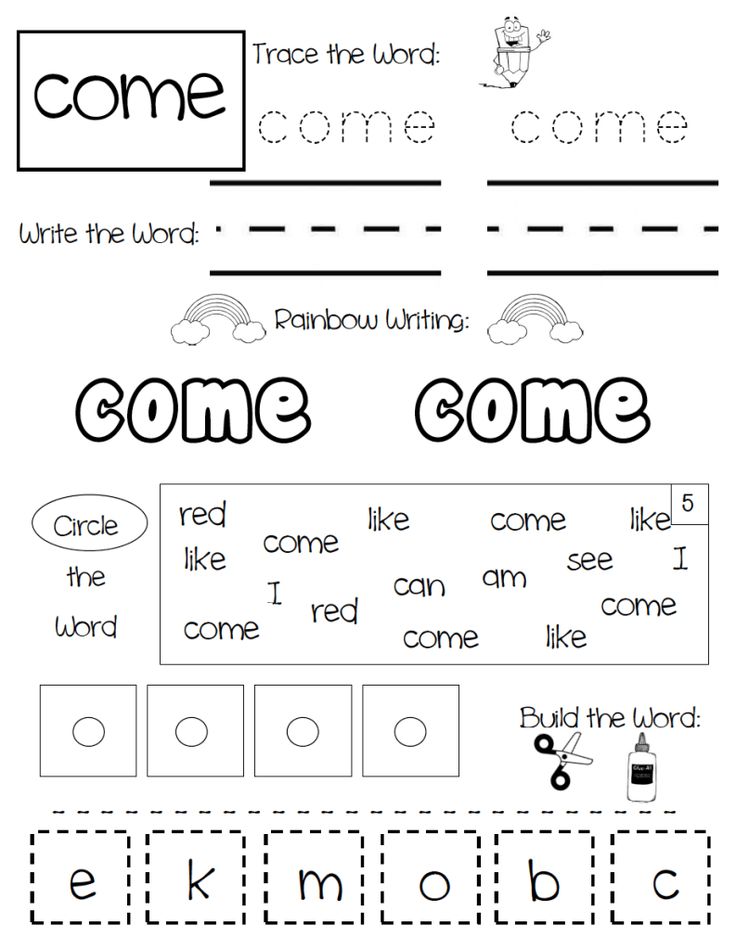 There are 4 different videos or volumes for teaching 4 different sets of sight words. Kids do various movements like, roll their arms or twist, as they say, spell, say the words along with Jack throughout the videos. The movement switches up throughout the video.
There are 4 different videos or volumes for teaching 4 different sets of sight words. Kids do various movements like, roll their arms or twist, as they say, spell, say the words along with Jack throughout the videos. The movement switches up throughout the video.
Volume 1 Jump out Word
Jack Hartmann’s Sight Word Rap collection is another fun and free way to practice sight words. The first time through students will spell and say the word with Jack. The second time they spell the word with Jack and then they say the word independently. The third time students will spell and say the word independently and then say the sight word three times for practice. Kids love the funky beats, and the opportunity to use silly voices while learning sight words with these free educational videos.
Sight Word Rap Volume 1
Have Fun Teaching also has some great free interactive music videos for teaching sight words. The catchy tunes paired with these videos make learning sight words entertaining! Have Fun Teaching presents sight words in a variety of ways to help keep kids from getting bored and extend their learning along the way! They have videos for individual sight words, videos with multiple sight words, and sight words used in sentences.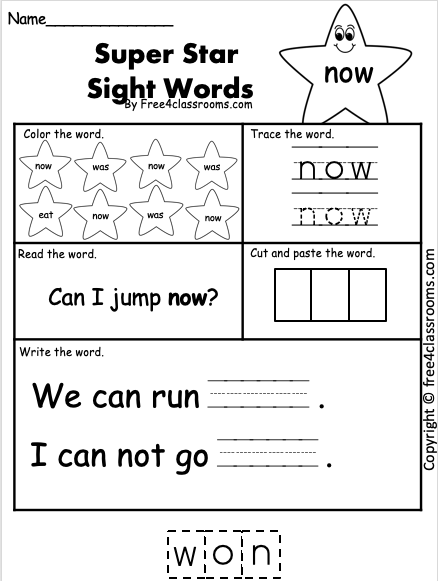
Primer Sight Word List – Includes all Primer Sight Words – The Videos Show the word, Spell the word, then follows up by using it in a sentence all to catchy music.
Sight Word Video – Come
The individual sight word videos each repeat the word with fun music, then spell it repeatedly, and finally display and use it in a sentence. All with a pause for kids to repeat it with the music.
Harry Kindergarten has exciting Hip Sight Word Songs and Videos for the K-2 Classroom. He is a full-time Kindergarten teacher who knows how important Sight Words are for beginning readers. He is aware of what is required to entertain while teaching such eager minds and active bodies!
The Sight Word Song (Version 1)
Reading Robot
These energetic videos include a fun little mouse sidekick to cheer the kids on to fun music as they listen, repeat, and read the sight words. After a brief practice of several words, the words appear in a big speech bubble for kids to attempt to read on their own.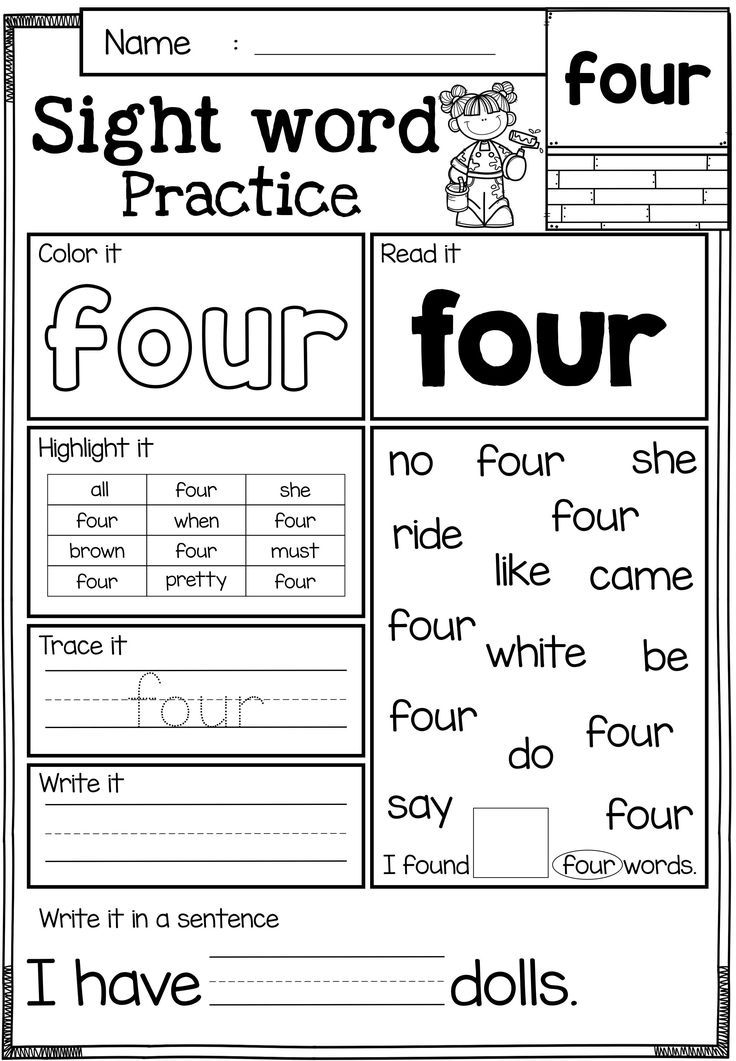 ELF has 4 videos that include 25 sight words per video. I have added a small stuffed mouse as a mascot in my classroom to use with the videos. The kids get excited when ‘he’ comes out to ‘practice’ those important words!
ELF has 4 videos that include 25 sight words per video. I have added a small stuffed mouse as a mascot in my classroom to use with the videos. The kids get excited when ‘he’ comes out to ‘practice’ those important words!
25 Sight Words for Kindergarten #1
These interactive sight word videos have a fun surprise built right into them! Students repeat the displayed sight words. Then, after so many sight words there’s a ‘surprise’! The word ‘dance’ pops up, and fun dance music plays so the kids can freestyle dance until the next word is displayed. A fun brain break is already included within this groovy sight word practice. Sight words are provided for grades Pre-K through First Grade. They also have a similarly styled video set that matches the Fry Sight Word Lists.
Kindergarten Sight Word Video
First Grade Sight Word Video
Want to add more consistent movement to your daily learning activities with the click of a mouse? Check out my Fluency & Fitness+ Program.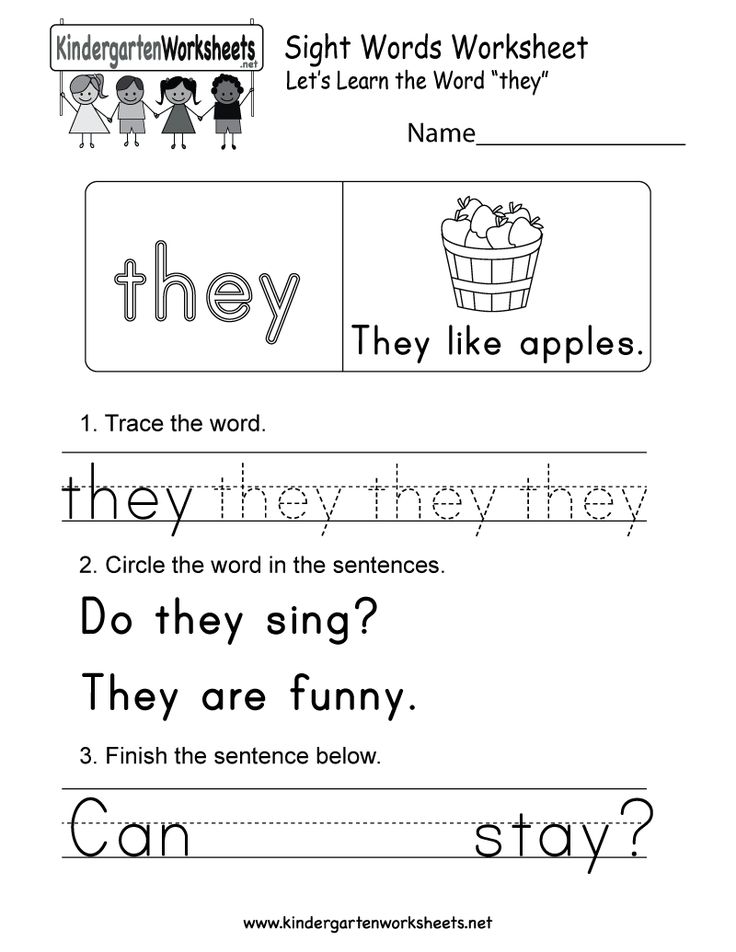 It is a fun innovation of combining fluency practice with movement, the kiddos just love the surprising brain breaks within each ‘video’. It is an online subscription service that includes engaging videos with brain breaks already embedded! Fluency&Fitness+ includes task cards and another interactive piece called Fluency Find It! Students watch the slides and use a form, that is provided, to either ‘find’ the answer or to kick it up a level, write the answer. These activities are great for grades Pre-K through Second. They can easily be used for a refresher in Third Grade as well. Although the Fluency & Fitness+ membership is a paid program, you can sign up below to try a few videos for FREE!
It is a fun innovation of combining fluency practice with movement, the kiddos just love the surprising brain breaks within each ‘video’. It is an online subscription service that includes engaging videos with brain breaks already embedded! Fluency&Fitness+ includes task cards and another interactive piece called Fluency Find It! Students watch the slides and use a form, that is provided, to either ‘find’ the answer or to kick it up a level, write the answer. These activities are great for grades Pre-K through Second. They can easily be used for a refresher in Third Grade as well. Although the Fluency & Fitness+ membership is a paid program, you can sign up below to try a few videos for FREE!
Meaning, Synonyms, Definition, Sentences, Antonyms. What is vision
| It seemed to me that my eyesight had deteriorated. | |
| You would never think this because we humans rely more on sight. | |
| For many of us, but not all, vision helps us navigate the world. | |
| This is where our thoughts, feelings, desires, vision, hearing, and memory originate. | |
| Ideally, this new one should be as multifaceted as possible, involving sight and sounds, associations and emotions. | |
| First, let's look at how we create machine vision. | |
| Computer vision uses machine learning techniques to recognize faces. | |
| When your sight returns, you see a bloodied face with wide eyes. | |
| Do you hide them with a spell that deceives sight and touch? | |
| I wish I had such sharp eyesight and such a memory. | |
| If we want to make a good drawing, we must have good eyesight, see and observe, learn to compare things and have a rich imagination. | |
| Sight, hearing, touch, smell and taste! | |
| First, you can ruin your eyesight. | |
| Believing that spending time at the computer is bad for health, especially for vision. | |
| Scientists hoped that the new lenses would sharpen the blurry vision of the telescope. | |
| His blurred vision worsened even more as a pall of smoke shrouded the battlefield. | |
| Teddy tried to join the army, but his sight and hearing failed him. | |
| He strained his eyes but saw nothing in the absolute darkness of the howling desert night. | |
| His eyesight deteriorated, it became almost impossible to paint pictures. | |
| They can cure the wearer's body of many physical deficiencies, including poor eyesight. | |
| I am grateful to you for your sharp eyesight and knowledge of your business. | |
| And her eyesight and sense of smell leave much to be desired. | |
| Daylight was almost gone, and Drizzt's keen night vision quickly spotted the brandy deck. | |
| I've already begun to appreciate the sight, which is so far from the essence of things, less. | |
| The roar of power made Nikki momentarily lose her sight again because of the oppressive veil of darkness. | |
| The tumor is pressing on your brain and it's affecting your vision. | |
| It did not affect his vision, speech, motor function or perception in any way. | |
| Vision, hearing, taste, smell, touch. | |
| Due to a hemorrhage in the brain and in the right eye, the artist's vision deteriorated. | |
| You lose your sense of smell and sight, you become dirty. | |
| I cautiously approached the pond, but my sense of smell and sight told me that no one was there. | |
| But when his vision cleared, it turned out that he had made a mistake with the place. | |
| would shock the righteous, confuse the ignorant, and astonish the sight and hearing. | |
| The night wind shook the shutters, and her vision suddenly became strangely clear. | |
| Naida was breathing heavily, and my logrus vision showed a menacing pale red light around her trembling hands. | |
| Wynn apologized, citing an eye disease that affects peripheral vision as an excuse. | |
| Even with the decreasing intensity of the glow of the fiery path, it was dark enough that ordinary vision refused to serve. | |
| How could he believe that he was previously blind and the Temple of the Winds gave him sight? | |
| Her speech consisted of her telling the patient how she was going to correct his vision. | |
| In order to 'trick' human vision, a variety of stereo imaging devices have been developed whose basic principle is to send two different images to each eye. | |
| Any lighting sources capable of seriously affecting the driver's vision must be designed so that they can only be switched on when the vehicle is stationary. | |
| Then you must submit a urine sample, vision and hearing test, and then it will be pulse and blood pressure measured. | |
| As a result, 25,000 people a year lose their sight, hundreds of thousands lose their limbs every year, because of a problem that has a solution. | |
| Your brain does not perceive moving objects, but when everything is still, her vision is fine. | |
| And to be honest, my eyesight is not very good. | |
| Point the hair dryer at my face until my eyeballs dry up and I lose my sight. | |
| She lost her sight due to muscle degeneration 10 years ago. | |
| A couple of years ago I started losing my sight. | |
| I say, we should have noticed that his eyesight is falling much earlier. | |
| By torturing us, she won't get her sight back. | |
| Our vision, which works great on land, suddenly becomes very limited and we experience claustrophobia. | |
| Hadfield's eyesight improved and he was able to complete his work outside the ship. | |
| Onishchenko himself came to the attention of the NABU, which is investigating him, but he apparently hoped for Poroshenko's intercession. | |
| Vision is one of the five senses. | |
| and more around the world have either lost their sight or are on the verge of losing it due to retinal diseases such as macular degeneration; little can be done to treat them. | |
| The first gift or talent is mental sight - the ability to get into the mind of another and see what it has to offer. | |
| Research is under way to develop retinal transplants from stem cells and one day they will restore or partially restore the sight of millions with retinal diseases worldwide. | |
| They don't receive anything as input, so the human brain no longer receives any visual information - in a word, the person loses their sight. | |
| A simple proven operation can restore sight to millions, and an even simpler thing - glasses - can help millions more see. | |
| Analysts pay attention to the stratification of the electorate, in particular, in terms of residence: urban-rural areas, as well as socio-economic status. | |
| Man has five senses: sight, hearing, touch, taste and smell. | |
| Detective, do you realize that in addition to suffering from cataracts that affected her vision, Ms. Parker also wore bifocal contact lenses? | |
| In April, the US Department of Defense established the Algorithmic Technologies Comprehensive Team to help the Pentagon use AI technologies such as machine vision. | |
| Fortunately, this definition does not exclude humans, as we can improve the vision we were born with. | |
| Global insight about vision. | |
| This may affect her speech, vision, memory. | |
| It does not impair vision, but people with strabismus are discriminated against. | |
| The only thing that distinguishes me from the classical botanist is perfect vision. | |
| It blurred my vision... to say the least. | |
| Stay away from Lois or I'll use my heat vision and melt your balls into one nasty omelet. | |
| Other results | |
Tests
In this section, you can check your eyesight online using the alphabetic table for checking visual acuity and other tests for self-checking your eyesight.
Attention! These tests are not a full replacement for a doctor's consultation, the test results are preliminary.
Visual acuity tests
Sivtsev chart
The Sivtsev table is a set of printed characters for determining visual acuity, in other words, a template for checking vision. The table contains two columns: on the left - "D=" (the distance in meters from which this sign is seen by a person with one hundred percent vision), on the right - "V=" (visual acuity, if this row of signs is read from 5 meters). V values correspond to visual acuity examined from a distance of 5 meters. Normal vision (1.0)
To check your eyesight according to the Sivtsev table, hang a sheet with a printed test on the wall at eye level (download the Sivtsev table), turn on the general lighting in the room, move 5 meters away from the test, close one eye with your palm (sheet of paper) and read the lines you see . Do the same procedure with the second eye, compare the results
Attention!
When determining visual acuity according to the Sivtsev table, you should be in good health.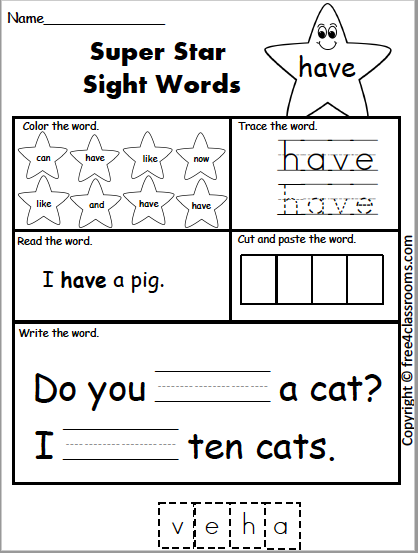 Start your vision test by reading the top line without tilting your head or squinting
Start your vision test by reading the top line without tilting your head or squinting
Test results
If you find that the results are not normal, contact your ophthalmologist.
Orlova table
Table Orlova - lines with pictures (special pictures for checking the eyesight of children), the size of which decreases from line to line in the direction from top to bottom. On the left is the distance D (in meters) from which a child with normal vision should see them (50 meters for the top row; 2.5 meters for the bottom row). On the right is the value V (in arbitrary units) - this is the visual acuity when recognizing pictures from a distance of 5 meters (0.1 if the eye sees only the top row; 2.0 - if the bottom row is visible). Normal vision (1.0) - when the child sees the tenth line with each eye from a distance of 5 meters.
To check your eyesight according to the Orlova table, hang a sheet with a printed test on the wall at the level of the child’s eyes (download Orlova’s table), turn on the general lighting in the room, move 5 meters away from the test, cover one child’s eye with a sheet of paper and ask him to read the lines that he sees, do the same procedure with the second eye of the child, correlate the results
If, during the study of visual acuity, a child from 5 meters does not recognize the signs of the upper row, he is brought closer to the table and every 0. 5 meters they are asked until he correctly names the signs of the upper row.
5 meters they are asked until he correctly names the signs of the upper row.
Attention!
When determining visual acuity according to the Orlova table, the child should be in good health. Start the vision test by reading the top line, make sure the child does not tilt his head or squint
Test results
If you find that the results are not normal, or you begin to see worse than before, or when reading the same line with your left and right eyes, you get different results, consult an ophthalmologist.
Contrast test
Golovin chart
Golovin tables are a standard set of optotypes for determining the contrast of human vision. It consists of a combination of four different rings with a gap equal in width and height. The table contains two columns: on the left - "D =" (the distance in meters from which a person with good eyesight sees this sign), on the right - "V =" (visual acuity, if this row of signs is read from 5 meters). The V values given in the right column of the table correspond to the visual acuity examined from a distance of 5 meters. Normal vision (1.0) The essence of the test is to test the ability to distinguish gaps in the rings from a distance.
The V values given in the right column of the table correspond to the visual acuity examined from a distance of 5 meters. Normal vision (1.0) The essence of the test is to test the ability to distinguish gaps in the rings from a distance.
To check your vision according to the Golovin table, hang a sheet with a printed test on the wall at eye level (download the Golovin table), turn on the general lighting in the room, move 5 meters away from the test, close one eye with your palm (sheet of paper) and read the lines that you see , do the same procedure with the second eye. Compare the results
Attention!
When determining the contrast of vision according to the Golovin table, you should be in good health. Start your vision test by reading the top line without tilting your head or squinting
Test results
If you find that the results are not normal, or you begin to see worse than before, or when reading the same line with the left and right eyes, you get different results, consult an ophthalmologist.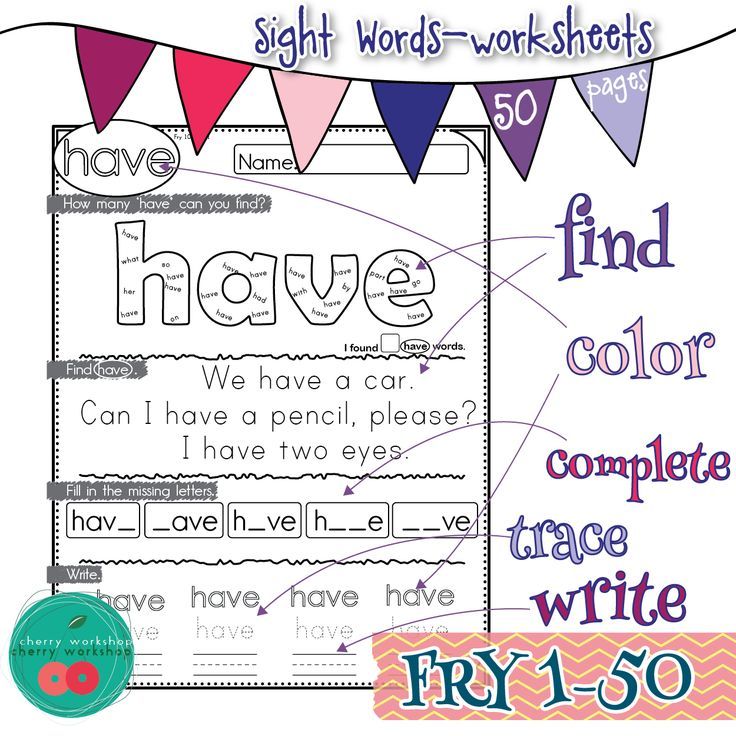
Myopia and Farsightedness Test
Duochrome Test
This test will help determine what kind of vision you have - myopia (-), hyperopia (+) or emmetropia (normal) of one and then the other eye.
To test your vision according to this table, turn on the general lighting in the room, close one eye with your palm (sheet of paper) and read the letters on both sides of the table, do the same procedure with the second eye, correlate the results
Attention!
During testing, you must be in good health. Do not tilt your head or squint when checking your eyes.
Test results
With emmetropia (normal vision), the eye sees the letters on both sides as the same. If the symbols seem clearer to you on a red background, then there is a good chance that you are nearsighted; if on green - farsightedness.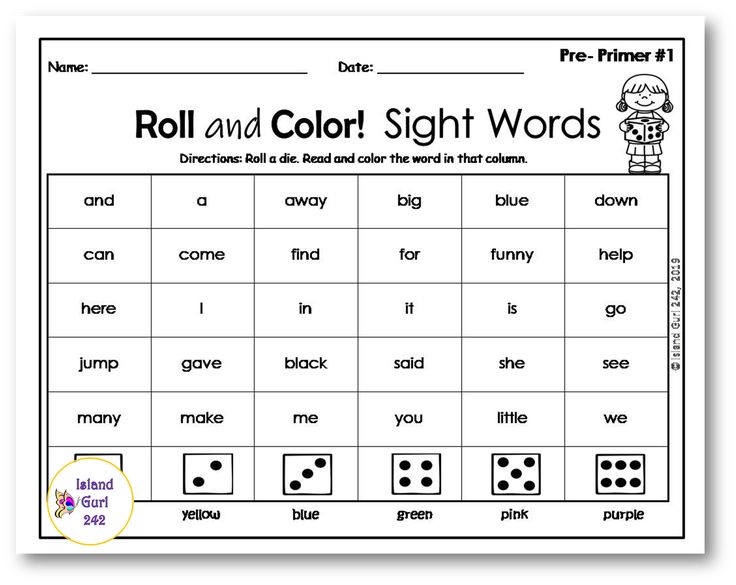 If you find that the results are not normal, contact your ophthalmologist.
If you find that the results are not normal, contact your ophthalmologist.
Macular Degeneration Test
Amsler Test
This test is designed to detect pathologies of the central region of the retina.
To check your vision on this table, put on glasses or contact lenses (if you usually wear them), turn on the general lighting in the room, cover one eye with your palm (sheet of paper) and look at the lines in the table, focusing on the center point, evaluate the rest of the grid , do the same procedure with the second eye, compare the results
Attention!
During testing, you must be in good health. When checking your eyes, do not tilt your head and do not squint. The picture should be located at a distance of about 30 cm from the eyes.
Test results
Are all lines straight? Are all squares the same size? Are there gray spots and crooked lines? If not, your macular (central) area of the retina is normal.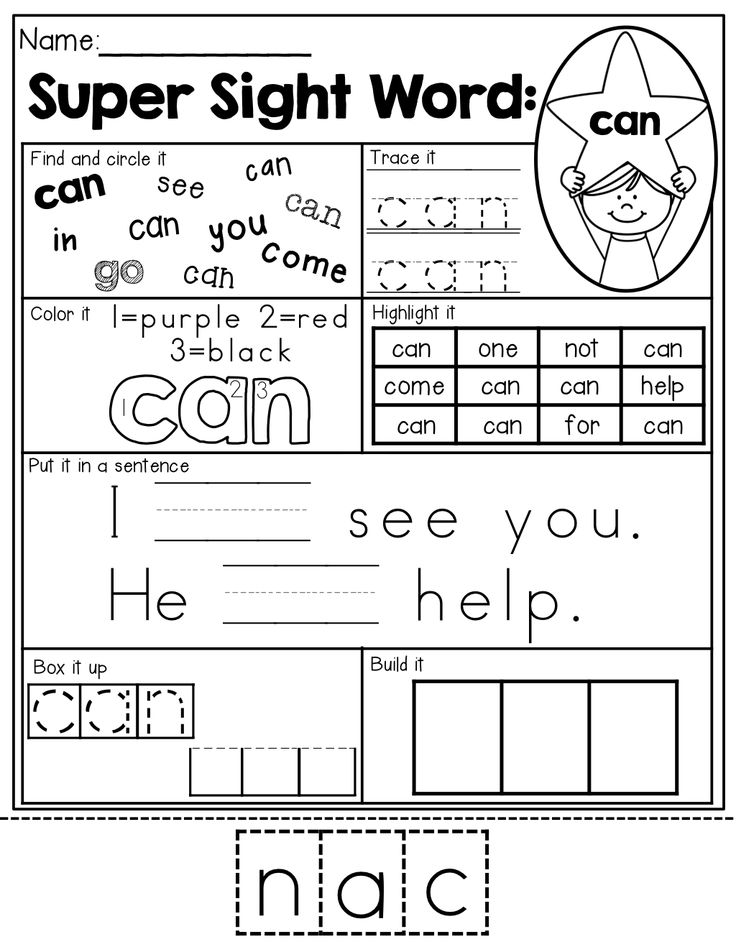 If you find that the results are not normal, contact your ophthalmologist.
If you find that the results are not normal, contact your ophthalmologist.
Astigmatism Tests
In a normal state, the cornea and lens of a healthy eye have a smooth spherical surface. With astigmatism, their shape is broken. Instead of a normal image, a person with astigmatism sees a distorted one, in which some lines are clear, others are blurry. Please note (normally, a small degree of astigmatism is always present). Astigmatism is a common cause of poor vision and often accompanies nearsightedness and farsightedness. Corrected, usually with glasses, contact lenses, or surgery
If you have only a slight degree of astigmatism, you may not notice it or experience only slightly blurry vision. If the eye is astigmatic, then the boundary of clear visibility is not a circle, but an ellipse (or a more complex shape). Simply put, with astigmatism, instead of one line, a person sees two; or one, but vague or distorted.
Astigmatism Test #1 Siemens Star
In the figure, all lines are the same color and the same width.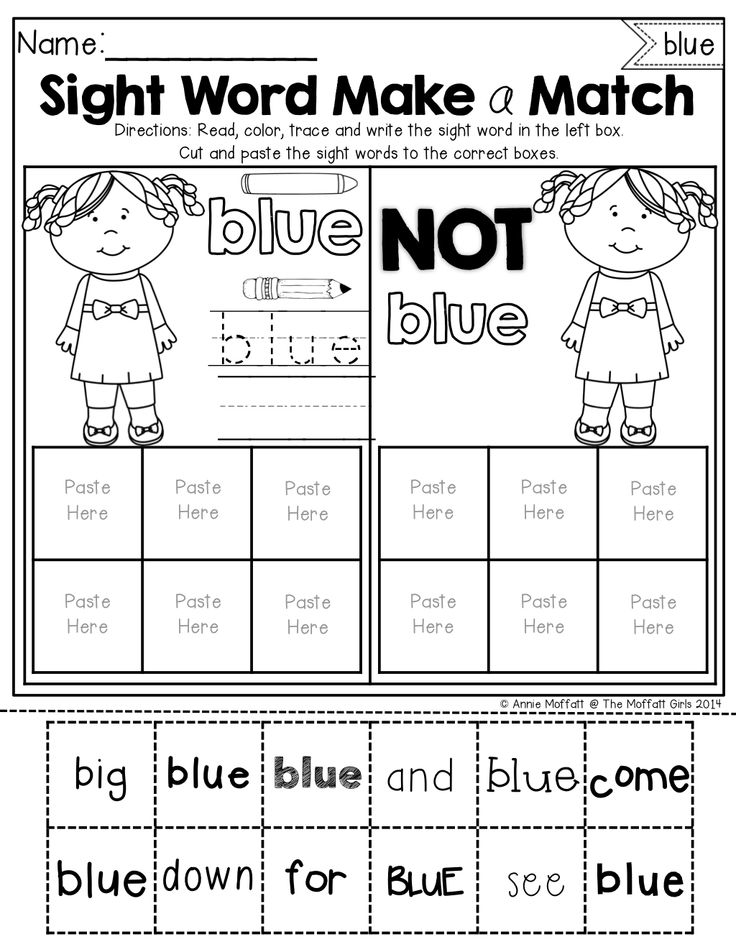 The Siemens star provides an excellent opportunity to observe that visual acuity is constantly changing, and these changes are partly subject to control.
The Siemens star provides an excellent opportunity to observe that visual acuity is constantly changing, and these changes are partly subject to control.
If the clarity of vision is normal, then, before reaching the center, the rays blur and begin to overlap with each other. In a short area, they can merge with the background. As we move further towards the center, the rays are again clearly visible. The image turns into its negative. The black beam is replaced by a white background, and the white background is replaced by a black beam. In the course of the rays, such an inversion can occur several times. People with good eyesight can see this effect if they hold the image very close to their eyes. At a great distance from the picture, the rays for them will merge into a solid gray mass
To check your vision, turn on the general lighting in the room, cover one eye with your palm (sheet of paper) and look at the lines. Do the same procedure with the second eye and compare the results
Attention!
During testing, you must be in good health.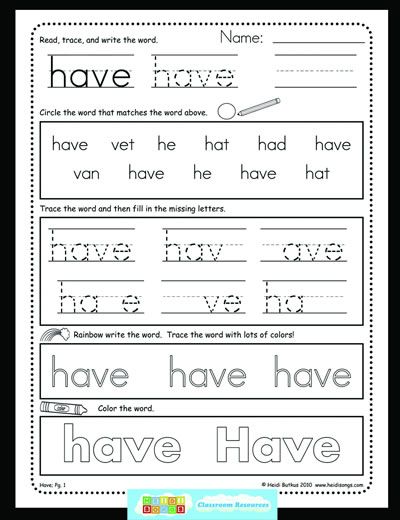 When checking your eyes, do not tilt your head or squint.
When checking your eyes, do not tilt your head or squint.
Test results
If you find that the results are not normal, contact your ophthalmologist.
Astigmatism Test #2
It is necessary to determine whether all lines are the same
To check your vision, turn on the general lighting in the room, cover one eye with your palm (sheet of paper) and look at the lines. Do the same procedure with the second eye and compare the results
Attention!
During testing, you must be in good health. When checking your eyes, do not tilt your head or squint.
Test results
If you find that the results are not normal, contact your ophthalmologist.
Astigmatism Test #3
It is necessary to determine whether all lines are the same
To check your vision, turn on the general lighting in the room, cover one eye with your palm (sheet of paper) and look at the lines.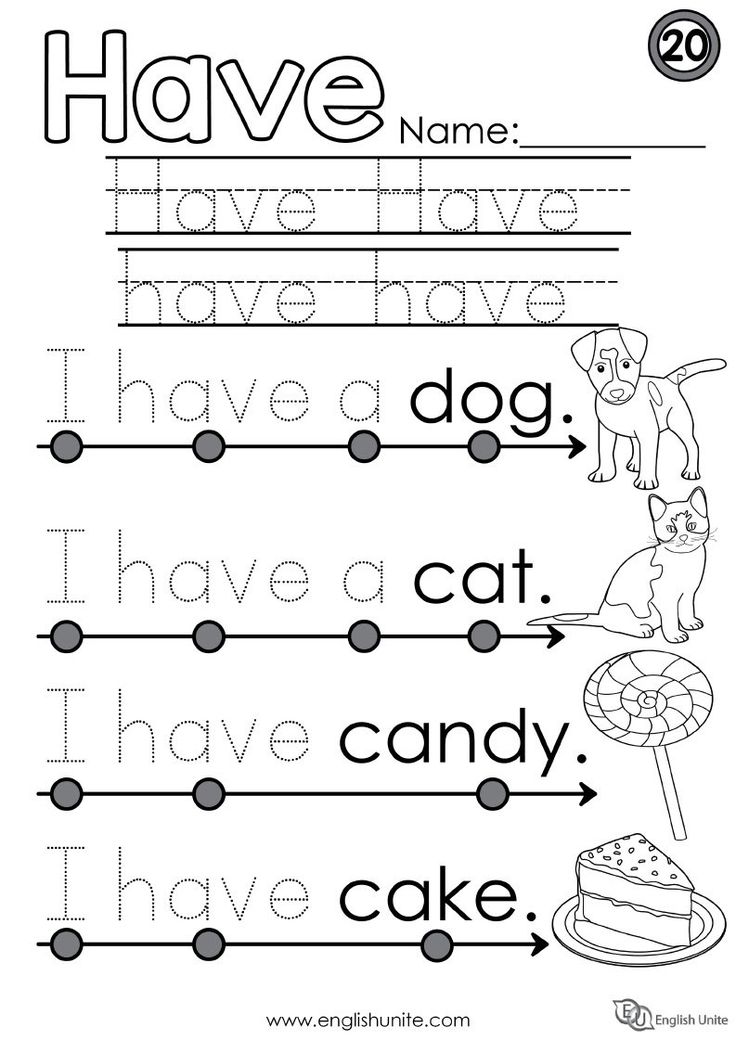 Do the same procedure with the second eye and compare the results
Do the same procedure with the second eye and compare the results
Attention!
During testing, you must be in good health. When checking your eyes, do not tilt your head or squint.
Test results
If you find that the results are not normal, contact your ophthalmologist.
Color blindness tests (color perception)
An eye test for color blindness (a color vision test) can easily be done at home.
Colorblindness is the inability to correctly identify one or more colors. Most often, a person does not see red, green, blue or yellow colors. This pathology is congenital. Tests for color blindness will let you know if you suffer from this disease.
To test your vision for color perception, turn on the general lighting in the room and look at the special polychromatic tables, authored by E.